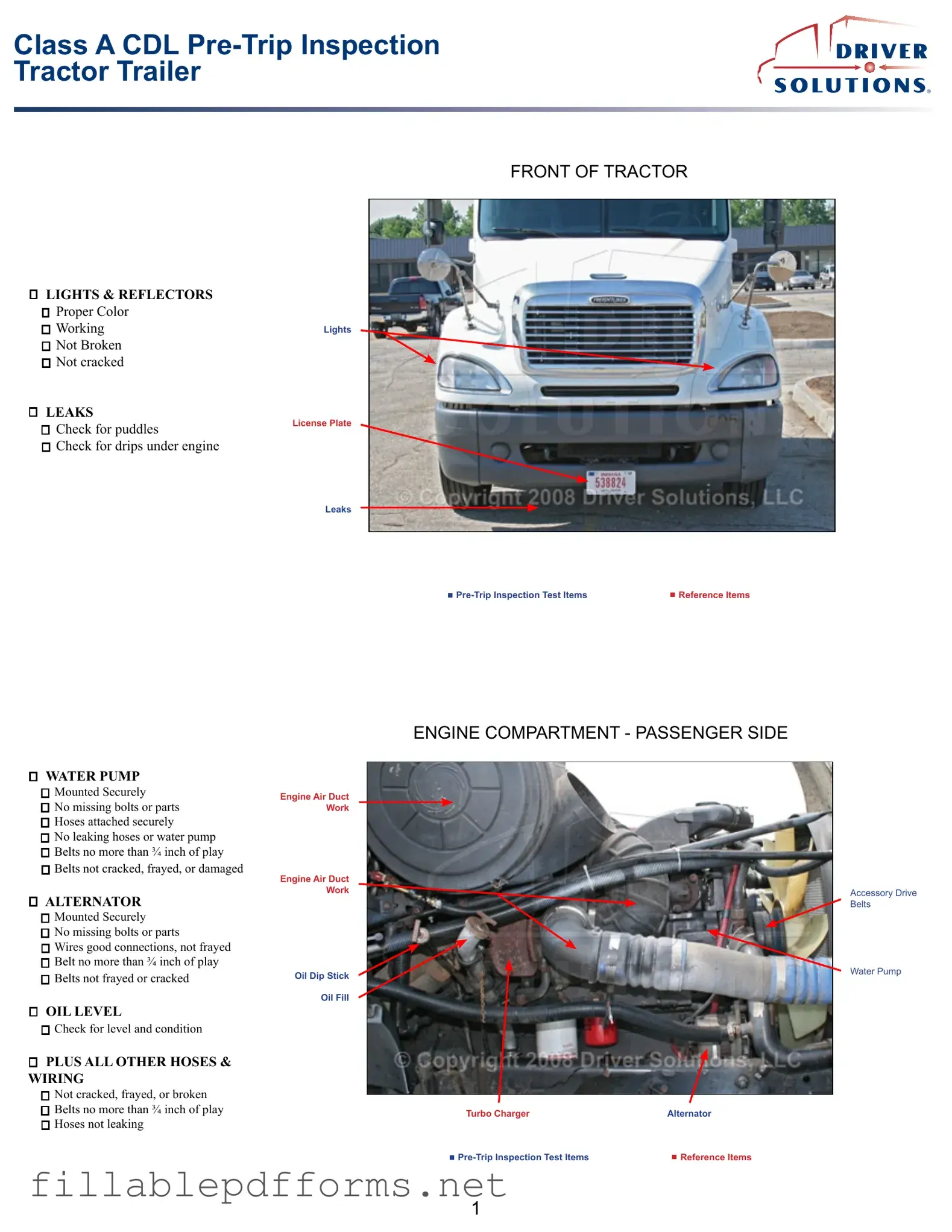Before hitting the road, ensuring the safety and reliability of your vehicle is paramount. A Pre Trip Inspection Checklist serves as a crucial tool for drivers, especially those operating commercial vehicles. This checklist prompts drivers to systematically evaluate various components of their vehicle, including brakes, lights, tires, and fluid levels. By following this structured approach, drivers can identify potential issues that could lead to breakdowns or accidents. Furthermore, the checklist encourages routine maintenance, which not only enhances vehicle longevity but also promotes overall road safety. Regular use of this form can instill confidence in drivers and help them remain compliant with safety regulations, ultimately protecting both the driver and other road users. Whether you’re a seasoned professional or a newcomer to the driving world, understanding the importance of this checklist is essential for every journey.
